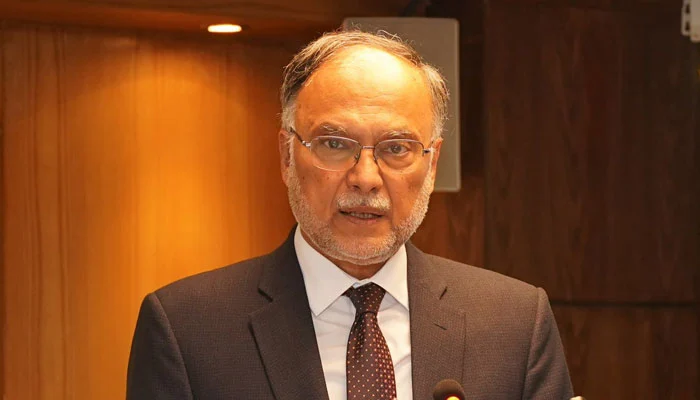At a high-level conference marking World Population Day, Health Minister Mustafa Kamal issued a stark warning: Pakistan is adding more people annually than it can feed, educate, or treat. He described population growth as a national crisis, not just a policy challenge.
The Strain on Public Services Is Overwhelming
Pakistan’s healthcare infrastructure is under severe pressure one doctor may see over 250 patients daily, far beyond sustainable limits. The minister highlighted that public hospitals are often overcrowded, sanitation systems are collapsing, and educational facilities are struggling to keep pace. He emphasized that the nation’s faltering capacity to deliver services stems from unchecked demographic growth.
Fertility Rate Among the Highest in the Region
Countrywide fertility stands at 3.6 children per woman, one of the region’s highest. Major consequences of this growth include:
- Nearly half of children under five are stunted, impacting human capital.
- A large healthcare burden due to waterborne illnesses and malnutrition.
- The overwhelming majority of growth-based funding allocation via population-driven formulas.
Policy Recommendations and Reforms
Mustafa Kamal proposed a revision of the NFC (National Finance Commission) funding formula to include human development metrics not just raw population counts. He also suggested tying fiscal incentives to population management success at the provincial level to ensure fair resource distribution.
He pushed for the formation of a National Task Force on Population, mandated to design integrated policy responses that include family planning, education, and economic opportunity.
Voices Across the Political Spectrum Join the Call
Other leaders echoed the urgency:
- Dr. Tariq Fazal Chaudhry emphasized population growth’s impact on infrastructure and youth engagement, stressing parliament’s role in legislation.
- Planning Minister Ahsan Iqbal promoted reforming funding mechanisms to reflect human development achievements rather than population size.
- UNFPA representatives and provincial stakeholders welcomed collaboration to expand reproductive health services and elevate population control to a national priority.
Economic, Social, and Health Implications
Pakistan’s rapid population surge a sevenfold increase since 1950 is reshaping agricultural landscapes, swelling urban populations, and hindering sustainable development. With limited infrastructure and a youth-dominated demographic, the nation faces mounting risks unless development systems evolve.
Key policy interventions include:
- Promoting female education and economic empowerment.
- Expanding access to modern family planning services.
- Implementing national awareness campaigns to shift societal norms.
- Addressing sanitation, water quality, and preventive healthcare to reduce disease burden.
Summary Table
| Area | Key Insight |
|---|---|
| Population Growth Rate | ~3.6 children per woman; among the highest regionally |
| Service Capacity | Overstretched healthcare and educational infrastructure |
| Policy Proposal | Reform NFC funding to reflect human development metrics |
| Cross-Government Alignment | Call for a National Task Force and parliamentary action |
| Legislative Focus | Family planning, young women’s empowerment, and resource reallocation strategies |
Final Thoughts
Health Minister Mustafa Kamal’s powerful statement spotlights population growth as a critical national security concern. His call for coordinated, multi-sectoral policy reforms including finance, health, and social development reflects a growing realization that demographic trends must be central to Pakistan’s planning agenda.



Comments (0)
No comments yet. Be the first to comment!
Leave a Comment